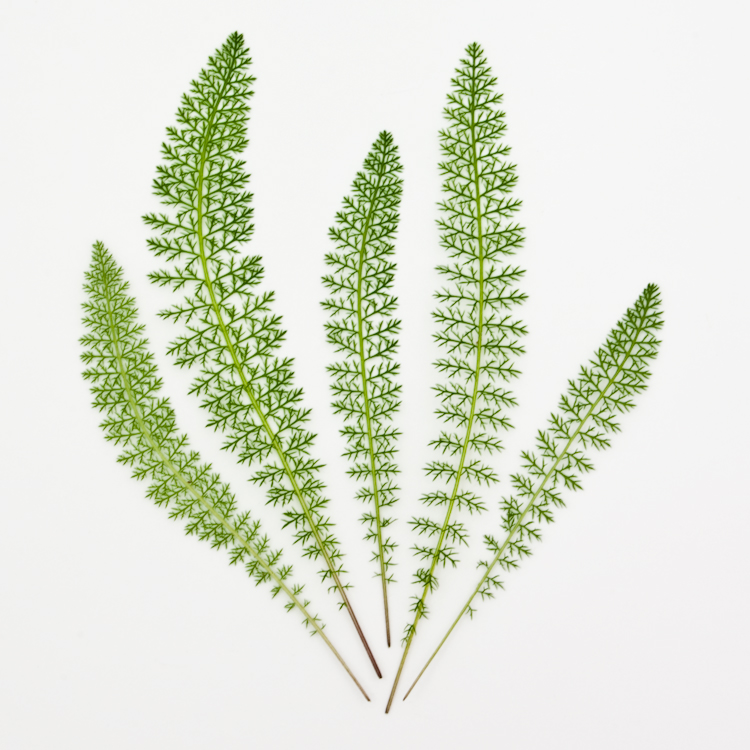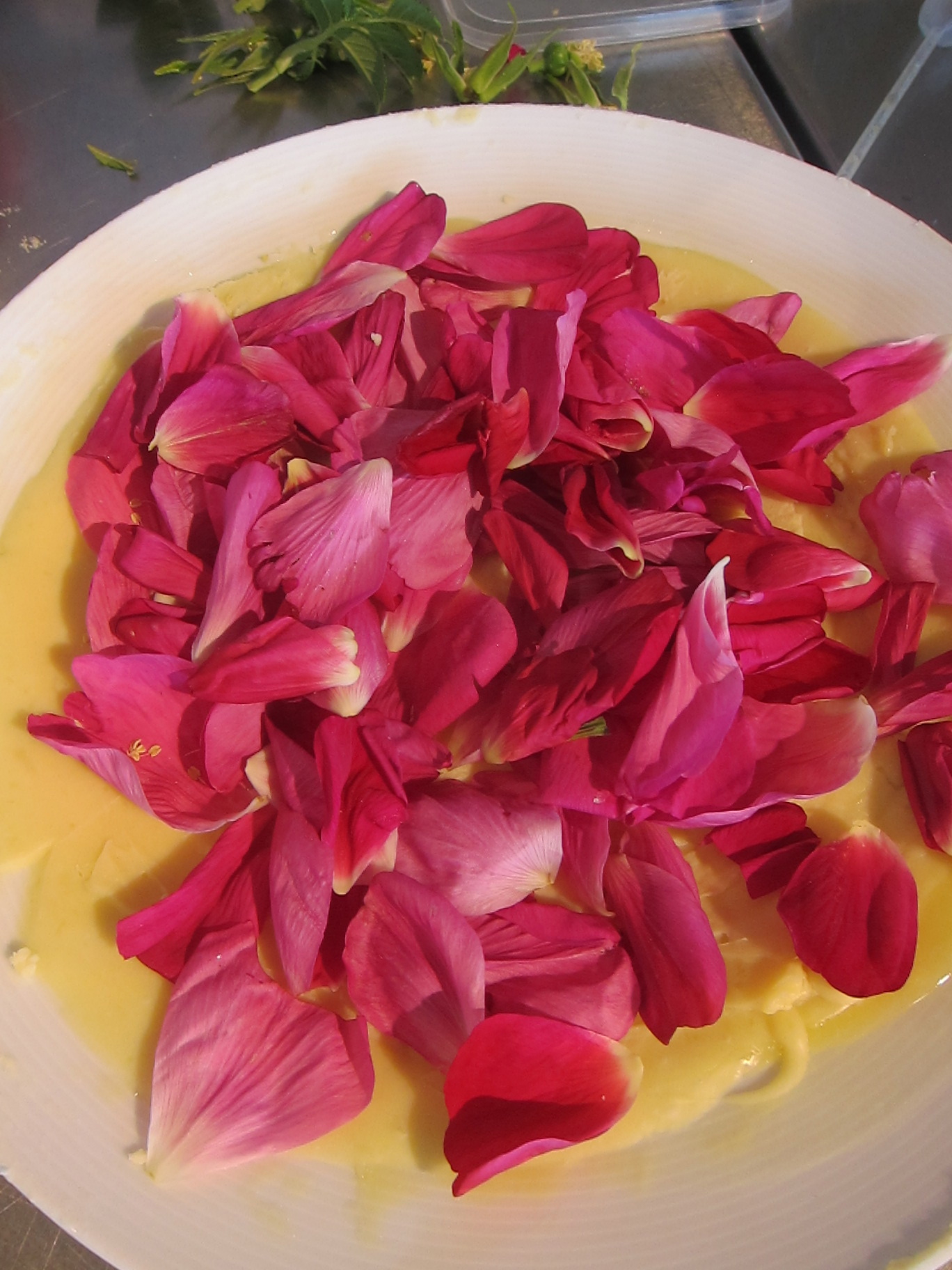Forage Heist: Copenhagen Style
Unfortunately, I was not able to venture out on the original adventure, but I did get to appreciate some of the plunder and I learned what to look for, so that I was able to forage these goods myself on another day.

Lepidium latifolium/Dittander: Also known as “pepperwort” or peppergrass, the leaves are very spicy in a deliciously wasabi, make-the-upper-nasal-tract-sting kind of way. Very strong - a little goes a long way and I like to use it to give brightness to richer fare, such as silky cured salmon or egg salad smørrebrod.

Clove root/wood Aven: The roots of the Geum urbanum plant with a musky, clove aroma and flavor. I would love to find this one in the Bay Area!

Rosa rugosa: Common name “beach rose”, very strong rose water smell as opposed to the softer, perfumey and often too ladylike smell of conventional roses. This vibrant flower can be found on most coastlines (including Northern California!) and adds a beautiful floral aroma to foods and beverages, such as the Danish Summer Cocktail.

Image courtesy of http://www.christinecotephoto.com/Images/Yarrow.html
Achillea millefolium: Common name “yarrow”, this lacey looking plant is more commonly used for medicinal purposes, such as bug bites and wound healing, but also has a nice subtle vegetal taste and is good as you’d use most greens. Can be eaten fresh (preferably when smaller, cut up small and use in salads) or cooked.

Beach rose enfleurage: Solid, odorless fat used to capture the floral fragrance.

